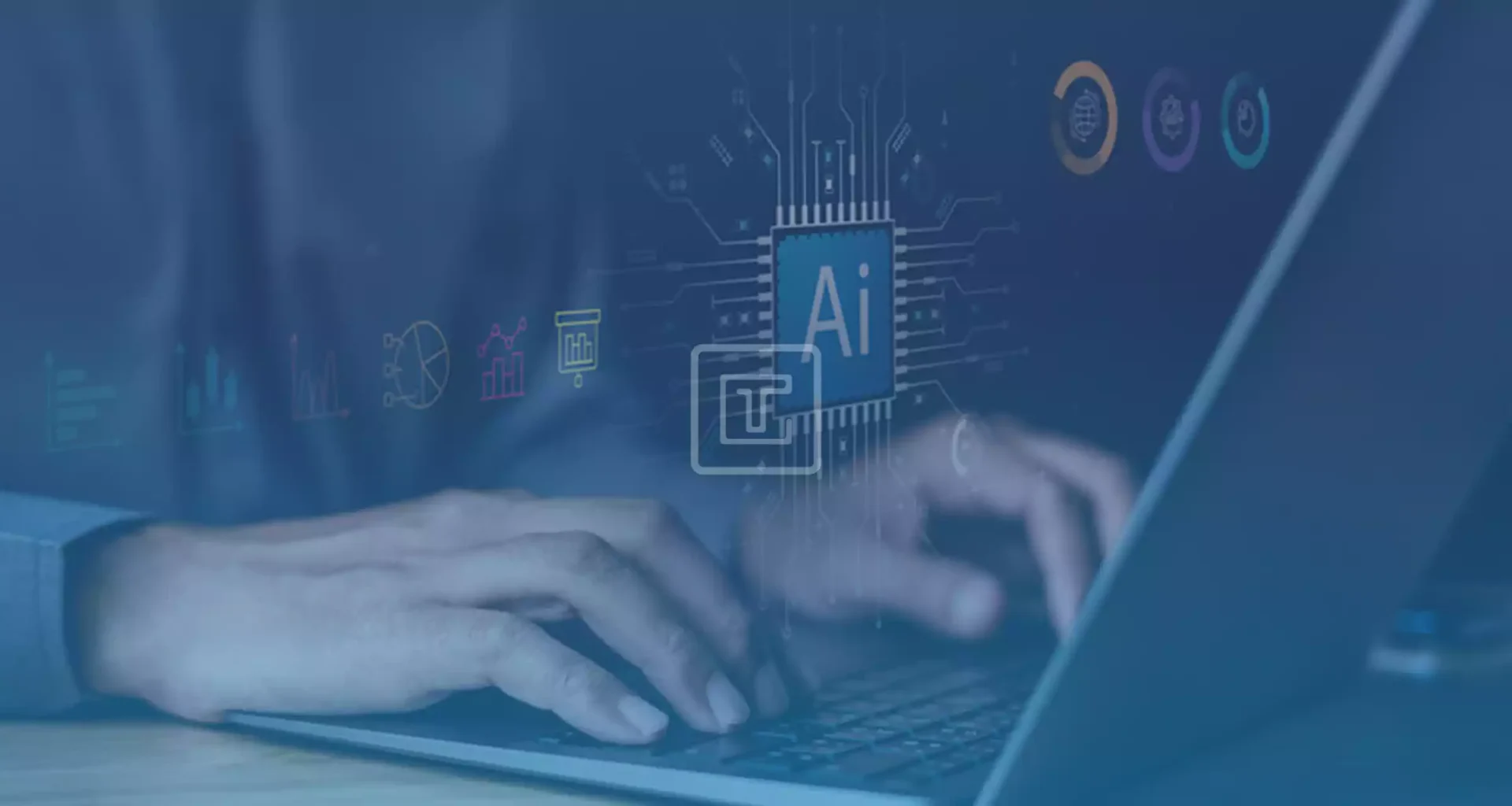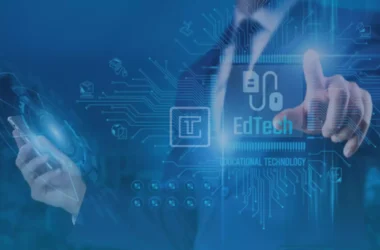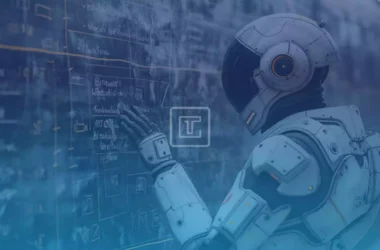The world of education is undergoing a transformation. As technology continues to evolve at a rapid pace, the way we teach and learn is being reshaped. Among the most powerful tools driving this change is Artificial Intelligence (AI). With its ability to analyze data, predict outcomes, and provide personalized learning experiences, AI is becoming an integral part of educational strategies. This article explores how AI is being seamlessly integrated into curricula and teaching methods, revolutionizing the classroom, and enhancing educational effectiveness in ways that were once unimaginable.
Understanding the Role of AI in Education
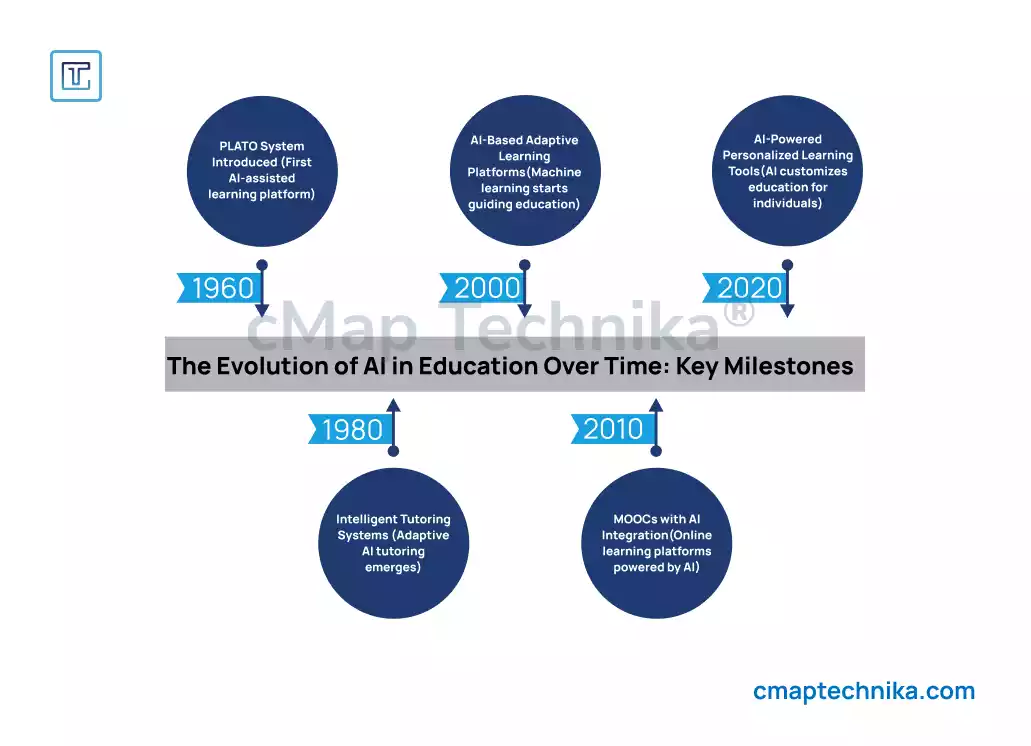
Artificial Intelligence refers to the simulation of human intelligence processes by machines, especially computer systems. In the context of education, AI can encompass a wide range of technologies, from machine learning algorithms to natural language processing tools. The primary advantage of AI lies in its ability to process vast amounts of data quickly and accurately, identify patterns, and provide tailored solutions based on individual needs.
AI’s role in education goes beyond simply automating administrative tasks or creating more efficient grading systems. It is actively enhancing how content is delivered, how students engage with material, and how teachers can assess and support their learners. By seamlessly integrating AI into educational strategies, institutions are working to improve both teaching and learning outcomes, creating an environment that is more dynamic, personalized, and data-driven.
AI in Curriculum Development: Personalizing Education for Every Student
One of the most significant impacts of AI in education is its ability to personalize learning experiences. In traditional classroom settings, teachers often struggle to meet the diverse needs of their students, many of whom learn at different paces and have varying learning styles. AI has the potential to address this challenge by providing personalized, adaptive learning paths that cater to individual student needs.
AI-powered platforms like DreamBox and Knewton use algorithms to track student progress in real time and adapt the curriculum based on a learner’s strengths, weaknesses, and learning speed. For example, if a student struggles with a particular math concept, the platform can offer additional practice and targeted resources until the student masters the topic. Similarly, if a student excels in a subject, the system can adjust the difficulty level of the content to challenge them further.
This level of customization ensures that students are always working at an appropriate level of difficulty, maximizing engagement and minimizing frustration. As AI continues to evolve, the ability to create personalized learning journeys will become even more sophisticated, allowing students to follow their own paths through the curriculum and enabling them to learn at their own pace.
AI as a Teaching Assistant: Enhancing Teacher Efficiency and Effectiveness
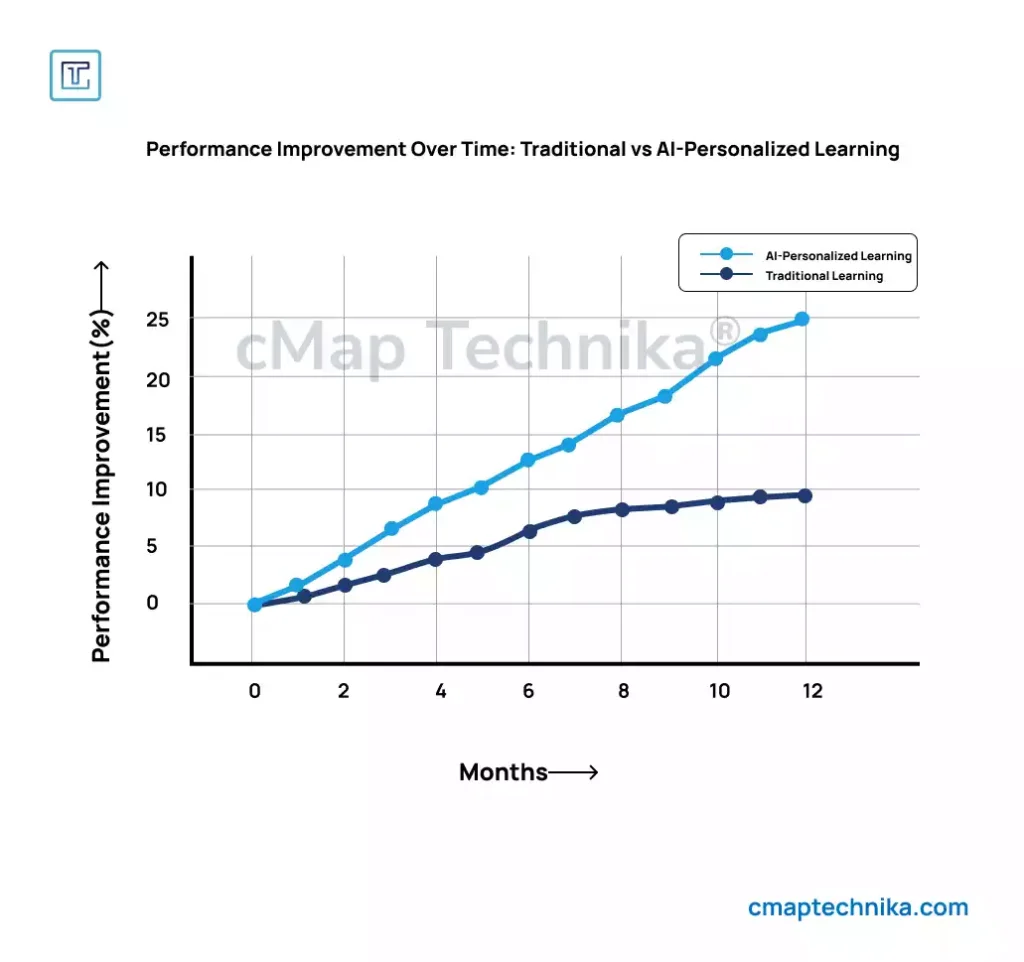
While AI is most commonly associated with student-centered applications, it is also being used to support teachers and enhance their effectiveness. AI-powered teaching assistants can help teachers streamline administrative tasks, such as grading assignments, creating lesson plans, and tracking student progress. This frees up valuable time for educators to focus on more meaningful interactions with students.
For instance, tools like Gradescope and Turnitin use AI to automatically grade assignments, check for plagiarism, and provide feedback to students. These tools can process large numbers of assignments quickly and accurately, ensuring that students receive timely and constructive feedback. Additionally, AI systems can analyze patterns in student performance, helping teachers identify areas where students may be struggling and suggest interventions that could improve their understanding.
Furthermore, AI tools can assist teachers in identifying students who require additional help, allowing for more targeted interventions. For example, AI systems can monitor classroom discussions, track student engagement, and analyze data from quizzes and tests to detect signs of disengagement or underperformance. With this information, teachers can provide timely support, whether through one-on-one tutoring or modified teaching strategies.
The Rise of Intelligent Tutoring Systems: AI as a Personalized Tutor
One of the most exciting developments in AI-driven education is the creation of intelligent tutoring systems (ITS). These systems simulate one-on-one tutoring experiences by using AI algorithms to interact with students, providing immediate, personalized feedback and support. Unlike traditional tutoring, which may be limited by availability and resources, AI tutoring systems can be accessed at any time, offering students unlimited opportunities to learn and improve.
For example, platforms like Squirrel AI and Carnegie Learning provide intelligent tutoring experiences by using machine learning to analyze student responses and offer tailored guidance. These platforms use a process called “adaptive learning,” where the AI continually adjusts the content based on a student’s progress, ensuring that the learner is always challenged but not overwhelmed.
The benefits of ITS are clear. They provide an additional layer of support for students who may need extra help, especially in large classrooms where individualized attention is limited. Moreover, AI tutors can offer immediate feedback, allowing students to learn from their mistakes and reinforce their understanding in real time.
Enhancing Assessment and Feedback with AI
Traditional methods of assessment, such as tests and quizzes, have long been used to evaluate student performance. However, these methods often fail to capture the full range of student abilities and learning progress. AI has the potential to transform the way assessments are conducted by making them more dynamic, continuous, and data-driven.
AI-powered assessments can analyze a student’s performance over time, taking into account factors such as participation, engagement, and improvement. This offers a more comprehensive view of a student’s abilities and progress. Additionally, AI can provide immediate, constructive feedback, allowing students to learn from their mistakes and make improvements quickly.
For instance, platforms like Knewton and Coursera use AI to deliver personalized quizzes, tests, and assignments that adjust to the learner’s skill level. By doing so, these platforms ensure that assessments are more accurate and aligned with individual learning needs, while also helping students stay engaged by providing timely and relevant feedback.
Furthermore, AI can also be used to reduce bias in assessments. Traditional grading methods are often influenced by subjective factors, such as teacher expectations or grading inconsistencies. AI systems, however, can grade student work objectively, based solely on data, ensuring a fairer and more transparent evaluation process.
AI-Driven Educational Tools for Real-World Skills
Another promising area for AI integration in education is the development of tools that prepare students for the future of work. AI technologies are increasingly being used to teach students real-world skills such as coding, data analysis, and problem-solving, which are in high demand in today’s job market. These tools are designed to simulate workplace environments, allowing students to engage in hands-on learning and develop critical skills in a safe, controlled environment.
For example, platforms like Codecademy and DataCamp use AI-driven tools to teach coding and data science. These platforms offer interactive lessons, quizzes, and projects that allow students to practice coding and data analysis in real time, receiving instant feedback from the system. AI-driven simulations can also provide students with virtual scenarios in which they can apply their knowledge and solve problems, mimicking the kinds of challenges they will face in their careers.
By incorporating AI into the curriculum, educational institutions are preparing students for the future of work by equipping them with the skills necessary to thrive in a rapidly changing technological landscape.
Overcoming Challenges: Ensuring Ethical and Equitable AI Integration
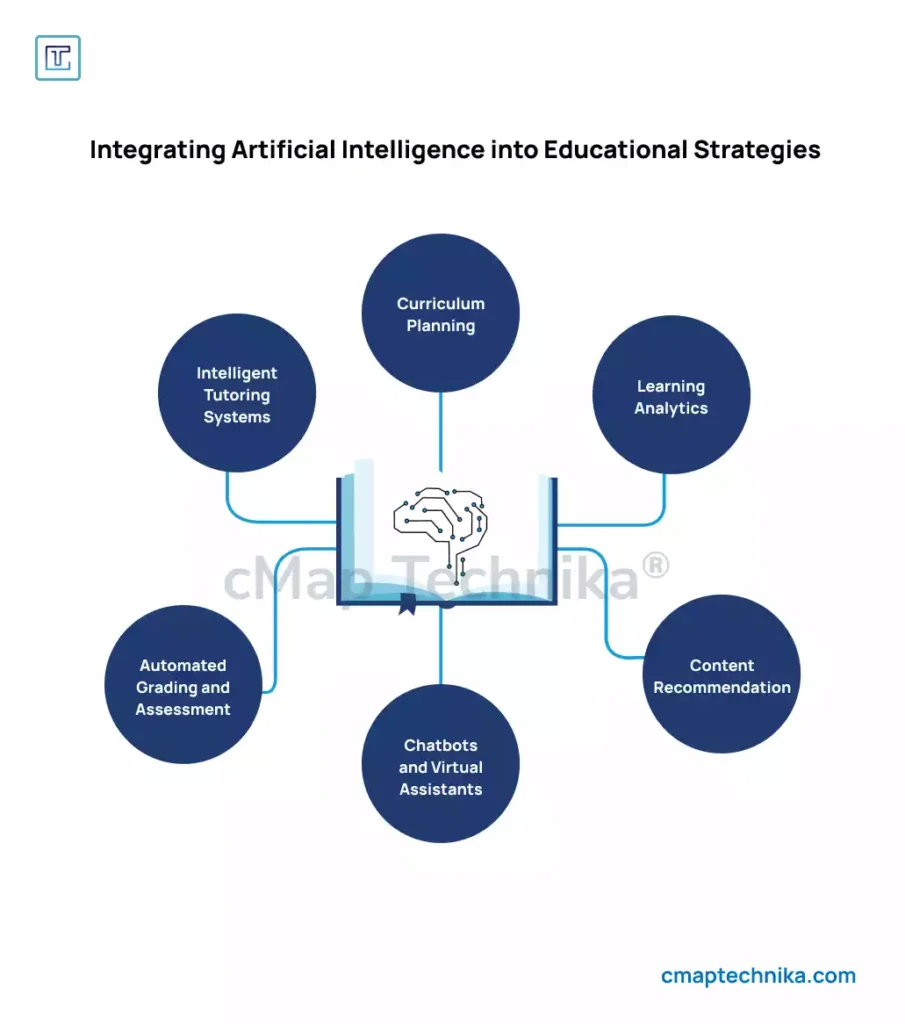
Despite the promise of AI in education, there are several challenges that must be addressed to ensure its responsible and equitable use. One of the primary concerns is the ethical implications of AI, particularly in terms of data privacy and security. Educational institutions must ensure that student data is protected and used responsibly, complying with regulations such as FERPA (Family Educational Rights and Privacy Act).
Moreover, AI has the potential to exacerbate existing inequalities in education. If AI tools are not designed and implemented carefully, they may reinforce biases or widen the gap between students with different socioeconomic backgrounds. To ensure equitable access, institutions must prioritize inclusivity and make AI-powered tools available to all students, regardless of their background.
The Future of AI in Education
As AI technology continues to advance, the possibilities for its integration into education are virtually limitless. In the coming years, we can expect even more sophisticated AI-powered tools that enhance the learning experience, support teachers, and prepare students for the future of work. By leveraging AI’s potential, educational institutions can create more personalized, effective, and efficient learning environments that benefit students and educators alike.
In conclusion, AI is reshaping the educational landscape by providing new opportunities for personalized learning, enhancing teaching effectiveness, and preparing students for the challenges of tomorrow’s workforce. By embracing AI-driven strategies and technologies, schools, colleges, and universities can ensure that they are providing a world-class education that meets the needs of every learner. The future of learning is here, and it is powered by AI.



